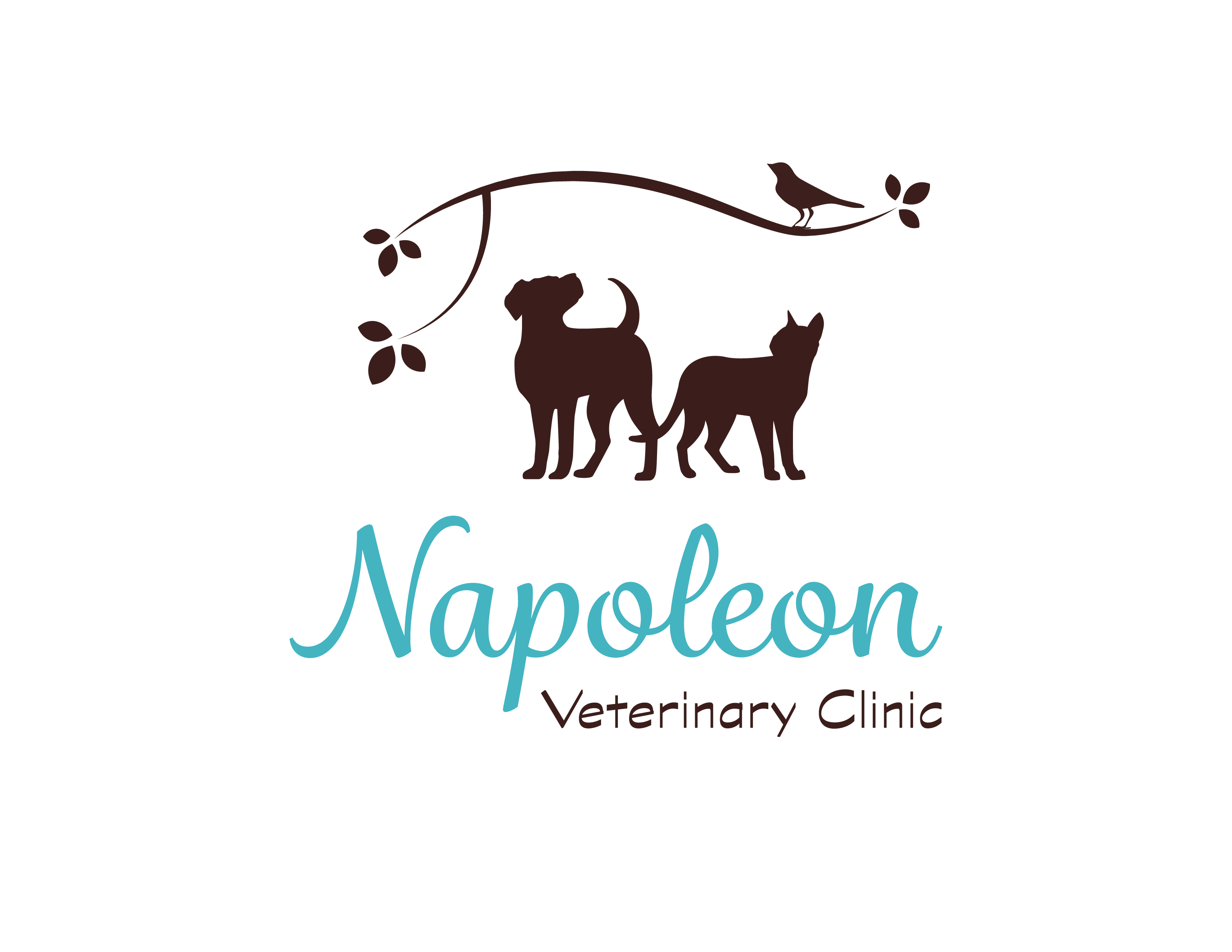
Pocket Pet Health
Guinea Pigs, Hamsters, Mice, Rats, Chinchillas and Gerbils
Pocket Pets are unique pets because of their small size. Included in this category are Guinea Pigs, Hamsters, Mice, Rats, Chinchillas and Gerbils. Here are some tips on how to house and feed your pet rodent to keep it healthy and happy.
Housing:
The cage your select depends on your pocket pet. In general, poor ventilation leads to odor and respiratory infections. Here are a few cage options:
- Wire cage: These type of cages offer the best housing for your pocket pets. When selecting a wire cage, select a cage best suited for your pocket pet. Cages come in all different sizes and shapes with different types of levels and bottoms. We recommend the levels in your cage be made out of plastic for easily cleaning.
- Best for: Rats, Mice, Hamsters*, Chinchillas
- Plastic bottom, wire top: These type of cages are also good for housing for your pocket pets. When selecting a wire cage, select a cage best suited for your pocket pet. Cages come in all different sizes and shapes with different types of levels and bottoms. We recommend the levels in your cage be made out of plastic for easily cleaning. Be aware that Rats, Mice, and Hamsters chew to keep their teeth ground down as their teeth continue to grow throughout their life. So your pocket pet might chew on the plastic parts of the cage.
- Best for: Guinea Pigs**, Rats, Mice, Hamsters, Chinchillas
- Aquarium: While aquariums seem ideal and are easy to clean, we don’t recommend them. They have poor ventilation, which leads to odor and respiratory infections in your pocket pet.
- Aquarium with wire cage extension on top: While these type of setups are better than just an aquarium, they still don’t offer adequate ventilation.
- Wood cages: We don’t recommend wood cages, even with proper cleaning, the wood will soak up urine and fecal matter leading to odor and unsanitary conditions.
* Hamsters have poor eyesight and are not as agile as rats, mice, and chinchillas. We recommend minimizing risk of fall and fall height when selecting a cage.
** Guinea Pigs should not have a cage with multiple levels or if they do, each level and ramp should be contained so the guinea pig can’t fall off the side.
Temperature:
The temperature should be between 65-80° F. Higher temperatures may cause heat stress and death.
Bedding Materials:
We don’t recommend cedar or undried pine bedding, as they have aromatic oils, which can damage your pocket pet’s respiratory tracts leading to respiratory infections and liver problems. Safe litter, or bedding, includes aspen, kiln-dried pine or a commercially made substance that is all-natural, non-clumping and contains no dyes or fragrances. We also recommend washable bedding such as a fleece blanket, just shake off into the garbage, then wash in your washer in hot water with laundry detergent, extra rinse, and dry without dryer sheets.
Shredded paper towels, pelleted paper products, oat hulls, wheat grass and wood shavings (other than pine or cedar) are the best bedding materials to use. The bedding should be changed at least once weekly to prevent illness.
Litter Training:
You can litter train your pocket pet. Most pocket pets will pick a corner of their cage to do their business on their own. In most cases it is as easy as putting a pocket pet litter box in that corner and filling the bottom with bedding or corn cob litter. If your pocket pet isn’t taking to the litter box, further training might be required.
Toys:
Cage toys can provide stimulation for exercise and are encouraged. Avoid open-track exercise wheels because a pet’s feet can get caught between the rungs, causing fractures.
Diet:
About 85-90% of a pet rodent’s diet should be rodent pellets. Do not use rodent party mixes. They contain 50% more nuts and seeds, which contain low amounts of protein and high amounts of fat. You can offer nuts and seeds as treats, but they should make up no more than 5% of the pet rodent’s diet.
Make sure fresh water is always available at all times.
Pocket pets can also eat a wide variety of food, including fresh fruits and vegetables. These are good for treats but should be given in moderation. Excessive greens, such as lettuces can cause diarrhea and dehydrate your pocket pet. Ask our Vets for recommended treats for your pet.
NOTE: Guinea Pigs need an external source of vitamin C because they can not produce it on their own. Feed them only guinea pig pellets (not regular rodent chow), which are supplemented with vitamin C. Keep in mind that vitamin C starts to disappear within 90 days of milling, so keep a fresh supply on hand. You can supplement your guinea pigs diet with fresh vegetables such as kale, broccoli, dandelion greens and small amounts of cabbage. Also, add vitamin C to your pet’s water supply daily. To do this, mix 200 to 1,000 mg of a crushed, generic Vitamin C tablet in 1 liter of water.
Signs of illness:
Anorexia, diarrhea & weight loss are nonspecific signs that indicate disease. Also, masses on the body can be a indication that something is wrong. If your pocket pet is not acting normal, contact our office right away. Because of their small size, they do not have a lot of body reserve so illnesses can cause death readily in your little friend.
Spaying & Neutering:
While pocket pets are small spaying & neutering is an option. Like in dogs and cats, spaying & neutering can help prevent health problems and behavior problems.
Life Expectancy (in years):
Guinea Pigs 4-8 years
Hamsters 1-3 years
Mice 1-3 years
Rats 1-3 years
Chinchillas 8-10 years
Gerbils 2-4 years
